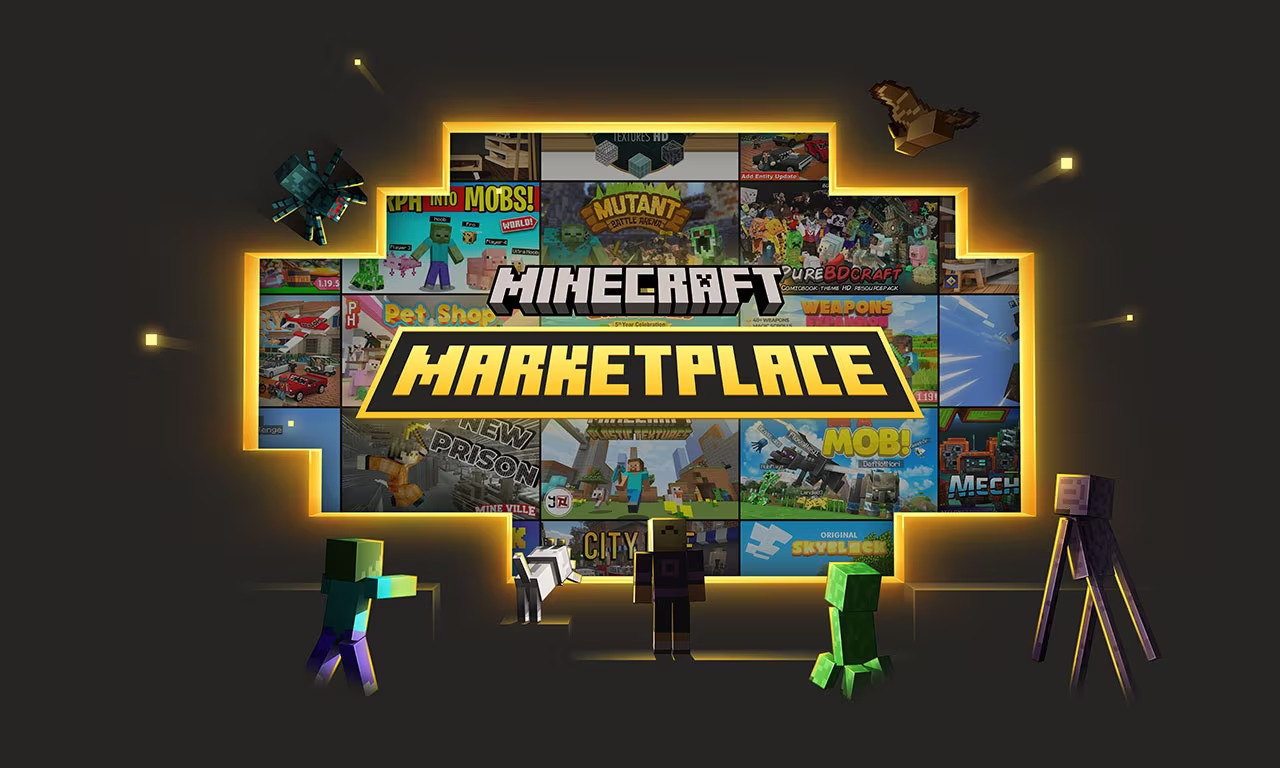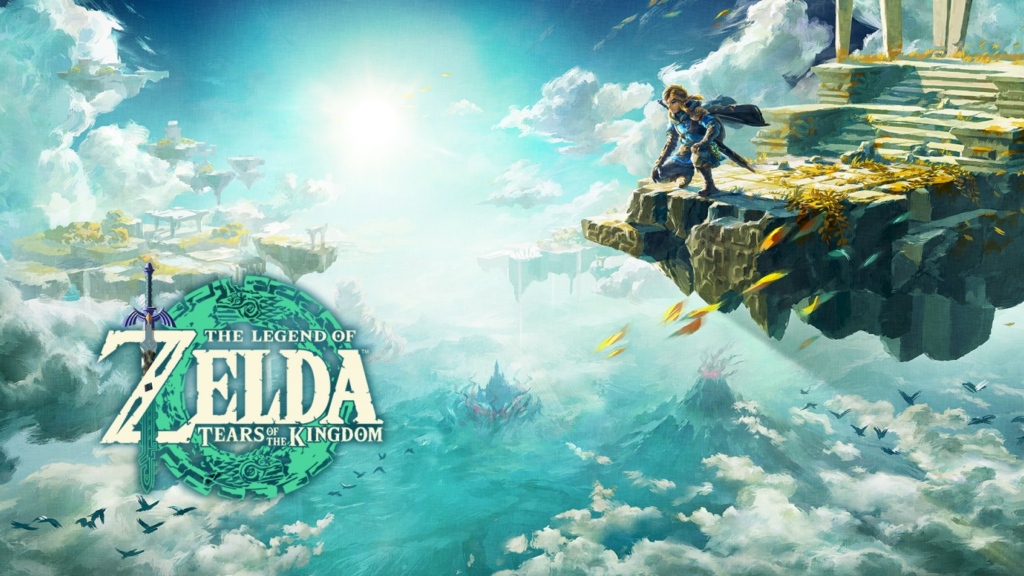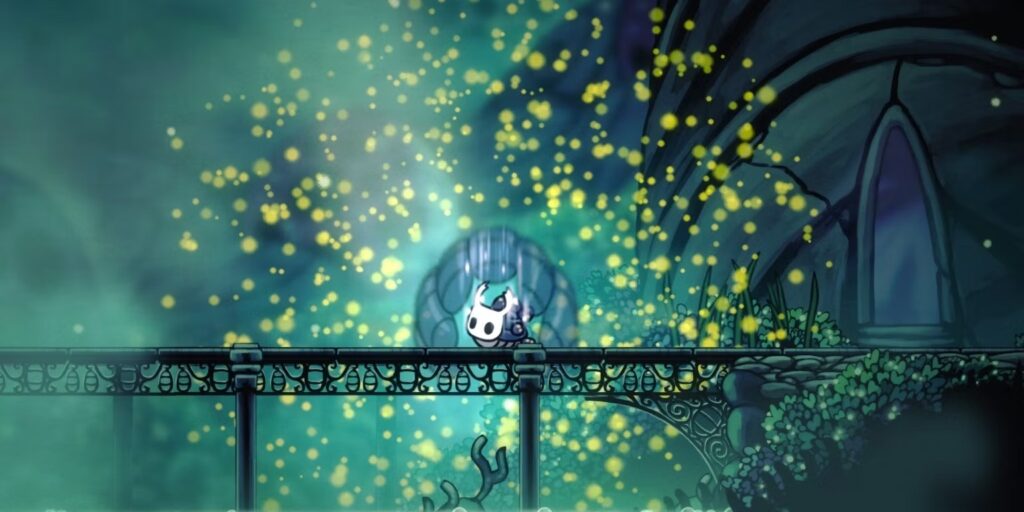Contact
Building a Thriving Community: Tips for Minecraft Multiplayer Servers
Minecraft multiplayer servers offer an exciting and collaborative experience, allowing players to connect, build, and interact in a shared world. However, creating a thriving community within a Minecraft multiplayer server requires careful planning and implementation. In this article, we will explore essential tips and strategies for building a thriving community on Minecraft multiplayer servers, fostering a positive and engaging environment for players to enjoy.
Setting up the Server

Setting up the server is the first step towards building a thriving community. Here are some key considerations:
- Server Hosting:
- Choose a reliable and high-performance server hosting provider to ensure smooth gameplay and minimal downtime.
- Consider the server’s location to minimize latency for players from different regions.
- Server Configuration:
- Customize the server configuration to align with the desired gameplay experience.
- Adjust game mode, difficulty, and other settings to create a balanced and enjoyable environment for players.
- Plugins and Mods:
- Install plugins or mods that enhance gameplay, add features, and provide administrative tools.
- Select plugins that facilitate community interaction, such as chat plugins, economy systems, or protection plugins.
- Rules and Guidelines:
- Establish clear and fair rules for the server to promote a positive and respectful environment.
- Communicate the rules to players through a server website or in-game notifications.
Community Engagement

Engaging the community is crucial for fostering an active and thriving player base. Consider the following:
- Welcoming New Players:
- Create a welcoming environment for new players by providing a tutorial area or a dedicated help channel.
- Encourage veteran players to assist and guide newcomers, promoting a sense of community and support.
- Player Communication:
- Implement a reliable and user-friendly chat system to facilitate communication between players.
- Provide separate channels for general chat, private messaging, and community announcements.
- Events and Competitions:
- Organize regular events, competitions, or challenges to keep players engaged and encourage participation.
- Offer rewards or recognition for winners to incentivize involvement and create a sense of accomplishment.
- Community Projects:
- Encourage players to collaborate on community projects, such as building towns, creating art installations, or constructing public facilities.
- Provide a designated area or platform where players can propose and coordinate community projects.
Staff and Moderation

Having a reliable team of staff members and effective moderation is vital for maintaining a positive community atmosphere. Consider the following:
- Staff Roles and Responsibilities:
- Assign clear roles and responsibilities to staff members, such as administrators, moderators, or support staff.
- Define the expectations and guidelines for staff behavior and player interactions.
- Active Moderation:
- Ensure that staff members actively monitor the server to enforce rules and address any disruptive behavior promptly.
- Implement a reporting system for players to notify staff members of rule violations or issues.
- Fair and Transparent Decisions:
- Make fair and transparent decisions when dealing with rule violations or disputes.
- Communicate the reasons behind decisions to affected players and provide an avenue for appeal when appropriate.
- Staff-Player Communication:
- Foster open and respectful communication between staff members and players.
- Provide a dedicated channel or forum for players to interact with staff, ask questions, or seek assistance.
Long-Term Sustainability

To ensure the long-term sustainability of the community, consider the following strategies:
- Regular Updates and Maintenance:
- Keep the server up to date with the latest Minecraft versions and regularly apply necessary updates or patches.
- Perform routine maintenance to optimize server performance and address any technical issues promptly.
- Player Feedback:
- Encourage players to provide feedback and suggestions for server improvements.
- Actively listen to player feedback and consider implementing changes or new features based on their input.
- Community Guidelines:
- Regularly review and update community guidelines to adapt to changing needs and circumstances.
- Communicate any changes to the player base to ensure clarity and understanding.
- Community Spotlight:
- Highlight player achievements, community projects, or notable contributions through regular spotlights or features on the server website or social media platforms.
- Recognize and celebrate the talents and accomplishments of the community members.
Conclusion
Building a thriving community on a Minecraft multiplayer server requires careful planning, effective communication, and active engagement. By setting up the server with a reliable hosting provider, configuring it to align with the desired gameplay experience, and establishing fair rules, you can create a solid foundation for the community. Engaging players through welcoming initiatives, events, and community projects fosters a sense of belonging and encourages long-term participation. Staff members and effective moderation play a crucial role in maintaining a positive atmosphere, while regular updates, player feedback, and community recognition ensure the sustainability and growth of the community. With these strategies in place, you can build a thriving and vibrant community on your Minecraft multiplayer server, providing an enriching experience forplayers to enjoy and creating a lasting community for years to come.




